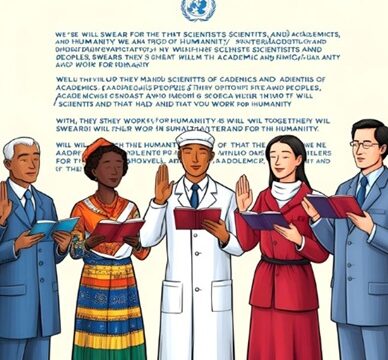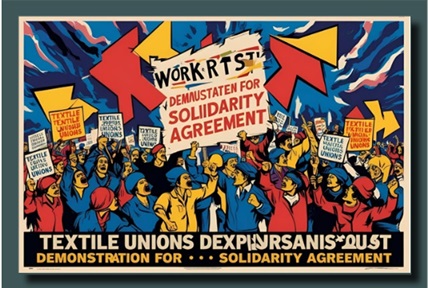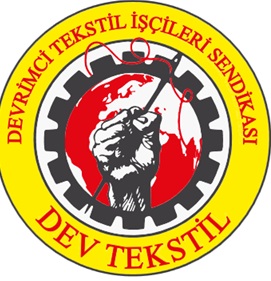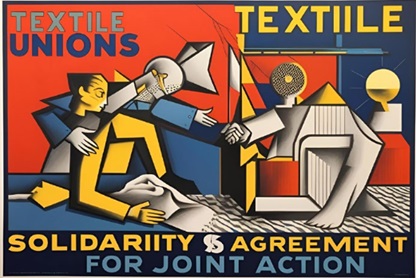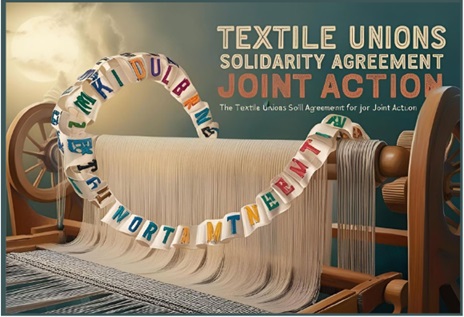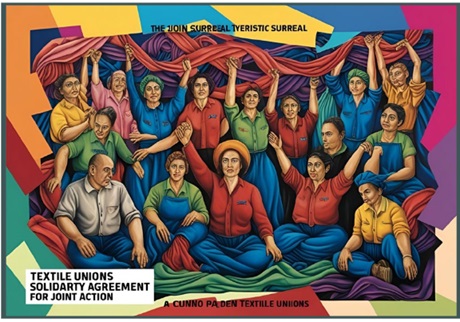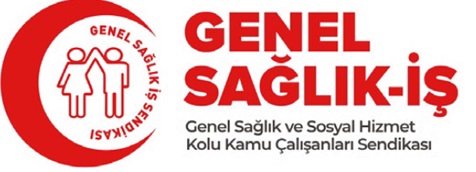TOWHIDUR RAHMAN
President Bangladesh Apparels
Workers Federation – BAWF
These are points which we are proposing for Joint Action plan.
We believe that we all can go forward if we include the following activities as:
1. Solidarity
Solidarity refers to unity and mutual support among individuals or groups, especially in protecting the interests of workers and in terms of the goals and objectives of the organization. Having mutual respect and understanding and unity and support from time to time for labor interests. Recognizing and valuing collective diversity within unions.
2. Solidarity is the main goal.
Engaging all stakeholders regardless of influence.
Support Mechanism: Having a mechanism to provide mutual support such as financial support, resources and manpower during a strike or protest.
Advocacy: A concerted effort to lobby for favorable policies and regulations at the national and international levels.
Education and Training: Organization of study visits and international experience sharing programs along with training to enhance skills, awareness and knowledge among union members may be undertaken.
3. Understanding collective action
Collective action is the act of taking coordinated efforts of multiple groups to achieve a common goal and objective.
SOME PROPOSED ACTIVITIES OF COUNCIL WORK: On common dates:
• Collective Bargaining
• Joint protests and demonstrations
• Presentation of memorandum on coordinated lobbying efforts.
• Campaigns and initiatives in respective countries.
• Seeking international development cooperation to implement common agendas.
4. Elements of collective action
• Strategic planning: developing a unified strategy with clear goals, timelines and responsibilities.
• Resource Sharing: Sharing of resources such as funds, manpower and other support including materials.
• Communication: establishing strong channels for information exchange.
• Crisis Management: Formulating coordinated responses or plans to deal with conflicts or emergencies.
5. Recommendations to increase coordination and establish regular communication:
• Steering Committee: A central body that supervises and directs joint activities comprising representatives of all participating unions.
• Subcommittees: specialized groups focusing on specific areas such as legal assistance, communications and logistics.
• Regular meetings: Scheduled meetings to review progress, address challenges and plan future actions (eg, quarterly and semiannually).
• Communication tools:
• Regular newsletters or bulletins
• Online platforms for real-time communication (eg, email, chat groups, video conferencing)
• Shared database for documents and resources Advance preparation of joint action
• Agenda Setting: Clearly outline the objectives and topics for discussion at each meeting
• Participatory engagement: Ensure that all trade unions are informed and involved in the planning process.
• Documentation: Prepare and distribute materials such as contract drafts, informational briefs and background documents.
• Feedback Mechanism: Establish a system to collect and incorporate feed back from all participants.
Best regards
Md. Towhidur Rahman
President
Bangladesh Apparels
Workers Federation – BAWF
* First Publication in PoliTeknik International in August 2024




